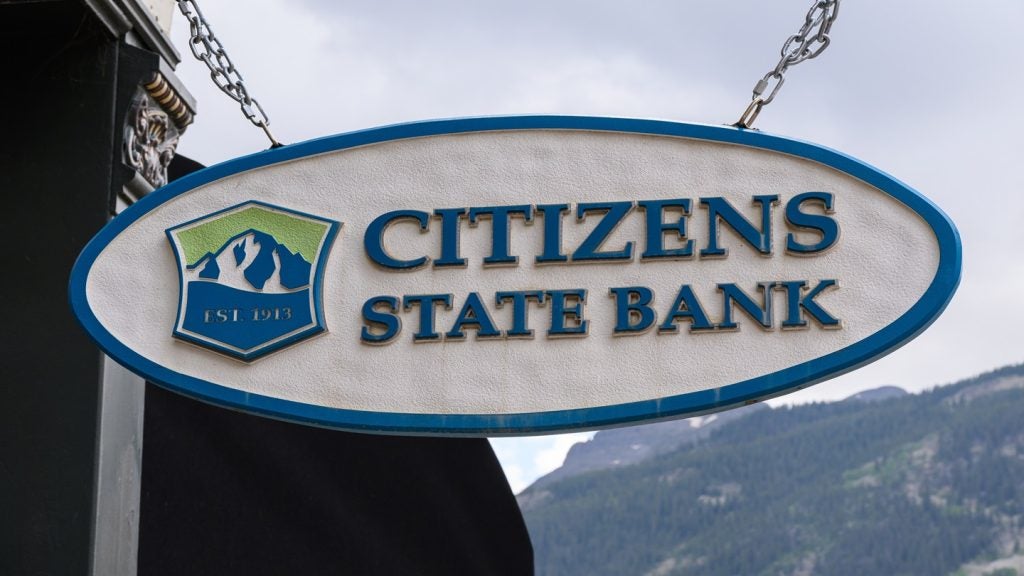
The UK’s troubled Cooperative Bank has reported a full year loss of £140.3m for fiscal 2017 compared to a loss before tax in the prior year of £477.1m.
Despite successful cost-cutting initiatives including reducing headcount by almost 20%, the Coop Bank is not yet out of the woods.
The Coop Bank cost-income ratio rose in fiscal 2017 by almost 5 percentage points to an eye-watering 108.1%. Other negative metrics included an 18 basis points fall in its net interest margin to 1.22%.
Customer deposits fell by 8% year-on-year to £20.6bn while assets fell by 14% to £16.7bn.
Positive metrics
Among a number of positive metrics, current account customer loyalty remains strong: total current account customers remained flat at 1.4 million. Prime current account customers – clients crediting £800 or more per month to their account – inched down by only 2% to 664,000.

US Tariffs are shifting - will you react or anticipate?
Don’t let policy changes catch you off guard. Stay proactive with real-time data and expert analysis.
By GlobalDataDespite a year of negative PR and a rapidly shrinking branch network – by June the Coop will have only 68 outlets compared to over 350 at the time of its ill-fated Britannia acquisition – its net promoter score rose modestly from +17 to +20.
Other positives included mortgage completions, up year on year by £0.1bn to £3.2bn; completions across H2 2017 were £0.5bn higher than in H1 2017.
Coop Bank chairman Dennis Holt said in a statement: “2017 was an important year for The Co-operative Bank. In February we launched a sale process alongside considering alternative options to build capital, resulting in a Restructuring and Recapitalisation that concluded on 1 September 2017. This delivered a significant improvement in the key CET1 ratio and total capital ratio to 24.7%.
“It has also provided the basis to progress to fully meet individual capital guidance compliance in December 2017. Over the past four years the Bank has faced extensive challenges, a number of which were a result of legacy issues and the consequences of the merger with Britannia Society in 2009.
“We have made significant progress in tackling these and have delivered major change, establishing stronger governance, embedding robust risk management, creating a better IT infrastructure and substantially mitigating legacy conduct issues. We have reshaped our business to focus on Retail and SME customers, investing in our digital offering, and in our ethical brand, while continuing to provide the service that is highly valued by our customers.”







